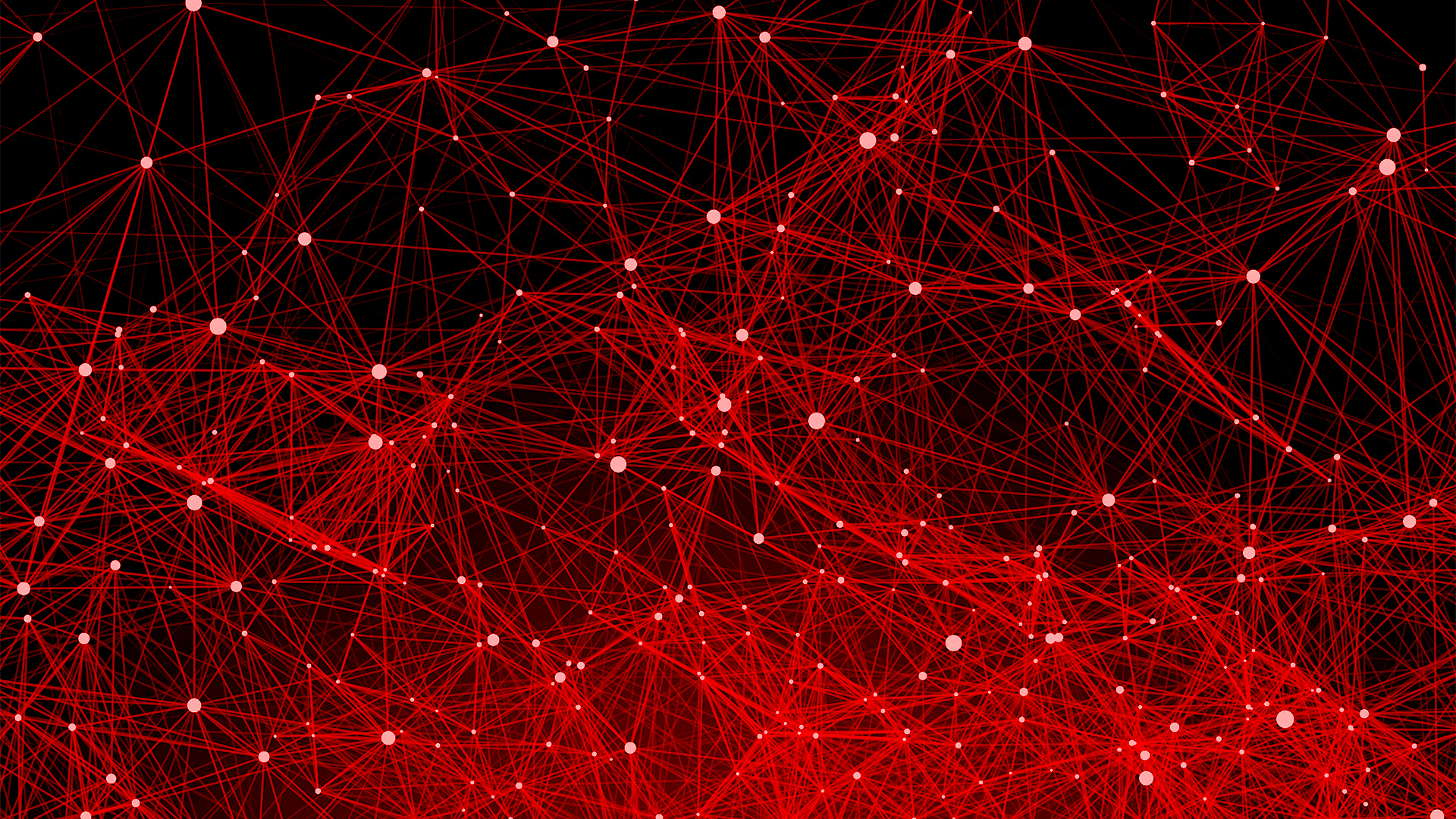[smart_track_player url=”http://www.podtrac.com/pts/redirect.mp3/pixelcorps.cachefly.net/twip/twip_460_aud.mp3″ color=”6a1915″ title=”” artist=”TWiP 460″ ]
TWiP Episode 460 – Lytro’s Multi‐Dimensional 40K Cinema Camera
Since the introduction of its “light-field” technology, Lytro has been on the forefront of computational photography. That’s the science of using algorithms to do cool and amazing things with captured light.
This time they’re upping the ante…. WAAAY up. With the introduction of the Lytro Cinema, a camera that the company says uses data on all of the available light in a photo to separate objects by depth and store them in a three-dimensional grid. The company has also announced Lytro Immerge, a camera that also uses Lytro’s patented light-field technology to produce cinematic VR for immersive storytelling.
Also in the news this week, Facebook announced that they have finally opened up the API for Facebook Live. Meaning developers can now tap into the service and create apps that stream directly to Facebook. And one of the first companies to integrate was DJI, the leader in the drone industry. DJI demonstrated the first Facebook Live stream from a flying drone!
Before we get started, we also wanted to let you know that Frederick is excited to be speaking at the Out of Chicago conference June 24-26. For a limited time, they’re knocking $100 off the registration price if you use the code “twipchicago” when you sign up. Just head over to TWiP.Pro/OOC to see all the details. See you in the windy city!
Links Mentioned in This Episode
- Will Lytro’s 755mp cinema light field camera kill the green screen?
- DJI makes a live-streaming Drone with Facebook’s new API
- Is Flickr up for sale?
- Live Training… Lightroom for Aperture Users
- GX85 “New Orleans” video
Picks of the Week
- Joseph: iOS app Preset
- Chris: MagMod
- Frederick: Amazon Tap
TWiP 460 is brought to you by:
Freshbooks
Freshbooks – the simple cloud accounting solution that’s helping thousands of new entrepreneurs and small business owners save time billing, and get paid faster. Sign up for free today at FreshBooks.com and join over 5 million users running their business with ease.
Out of Chicago
Frederick is excited to be speaking at the Out of Chicago conference June 24-26. For a limited time, they’re knocking $100 off the registration price if you use the code “twipchicago” when you sign up. Just head over to TWiP.Pro/OOC to see all the details. See you in the windy city!
Connect with Our Hosts & Guests
- Joseph Linaschke: Website, Twitter, Google+
- Chris Berry: Instagram, Twitter, Facebook
- Frederick Van Johnson: Website, Twitter, Google+, Instagram, Pinterest
Credits
- Pre-production by: Bruce Clarke
- Post production by: Suzanne Llewellyn & Vince Bauer
- Bandwidth provided by: Cachefly

